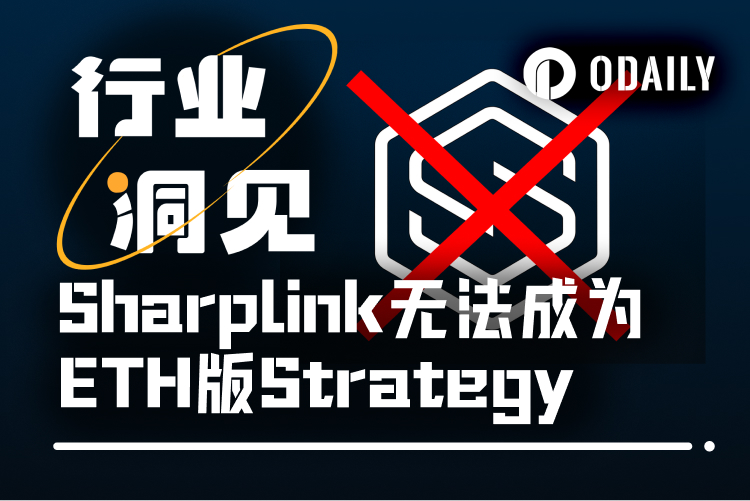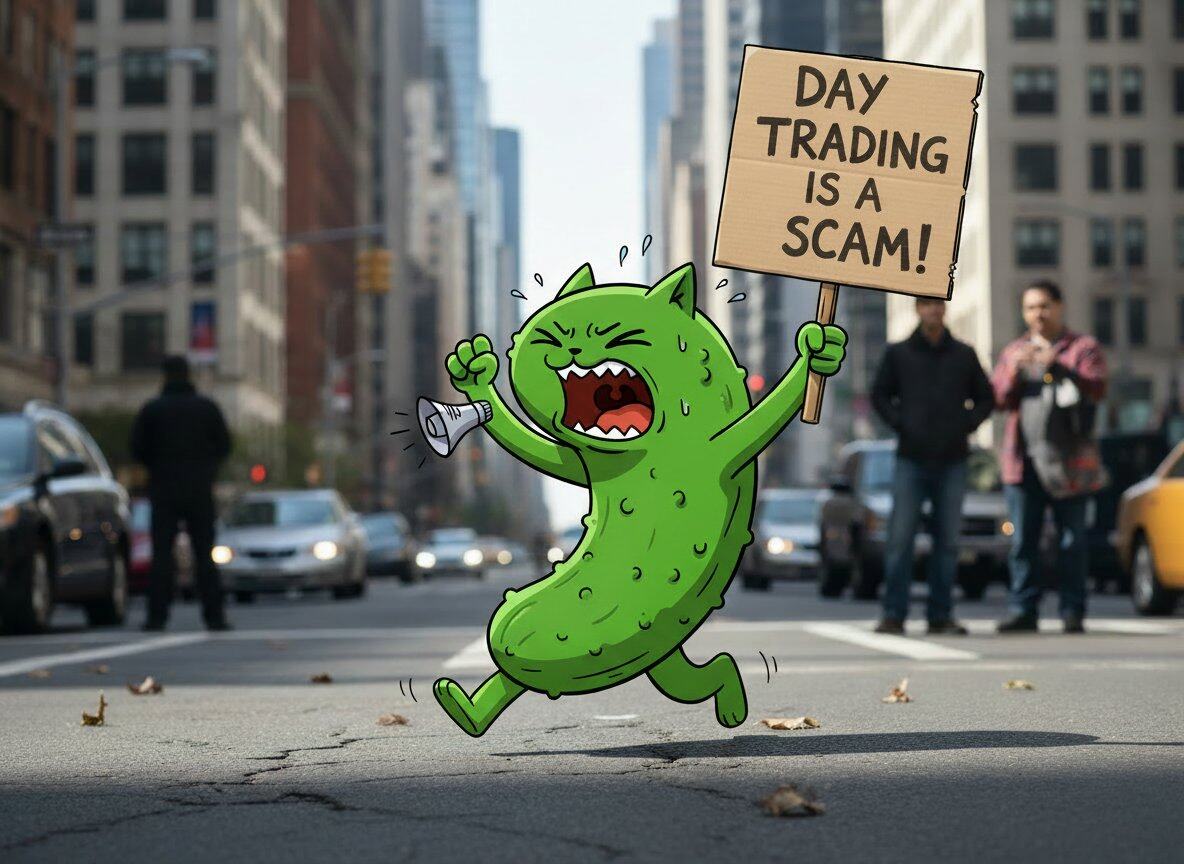Sharplink narrative bubble bursts? ETH version of Strategy still undecided
Original | Odaily Planet Daily ( @OdailyChina )
Author: Golem ( @web3_golem )

On July 17, SharpLink Gaming (SBET) announced in an updated prospectus submitted to the US SEC that it plans to issue an additional $5 billion in common stock on top of the original $1 billion to further purchase ETH. After the news was released, SBET's stock price rose to $38.91 that day, but then began to fall. The closing price on July 19 was $28.98. At the opening of this Monday, SBET's stock price fell again, closing at $25.25.
This is puzzling. According to the Strategy script, SharpLink Gaming, as the leading "ETH version of Strategy", should have seen its stock price spiral upward, whether it actually increased its holdings of ETH or announced actions that would help increase its holdings of ETH. Moreover, with ETH continuing to break through, there is no reason for it to fall. But the "weird" thing is that investors who added SBET last week were still stuck at the top of the mountain. Could it be that the Strategy's approach is no longer effective?
Market opinions generally conclude that there are two main reasons for the decline of SBET:
First, last week , BitMine's ETH reserves (300,657) briefly surpassed Sharplink to become the entity holding the most ETH, and Sharplink's title of "ETH Strategy" was threatened. However, on July 19, according to public information, Sharplink continued to increase its holdings of ETH, with a total holding of 345,158 ETH, worth more than $1.2 billion, once again becoming the entity with the largest ETH reserves.
Second, the financing method of SharpLink Gaming, which combines private equity financing (PIPE) and at-the-market offering (ATM), to purchase ETH has begun to be questioned by the market. SharpLink's additional $5 billion equity quota is not a stimulant for price increases, but instead has become a fuse that triggers market panic.
SharpLink's financing method raises market concerns
Before we understand what investors are worried about, we need to clarify the financing method of SharpLink, which combines PIPE and ATM. The funds for the purchase of BTC by Strategy come from convertible bond financing . The risks of this financing are debt maturity pressure, interest payment, etc., but it will not cause large equity dilution and market selling pressure. Therefore, it is a good strategy to achieve "left foot stepping on the right foot to go to the sky" in the upward stage of BTC.
However, the private equity financing (PIPE) adopted by SharpLink will directly dilute the equity and create selling pressure on the stock price . At the end of May, SharpLink Gaming completed a $425 million private equity investment, and the stock price subsequently rose from a few dollars to $80. However, on June 12, due to the market rumor that "PIPE investors have begun to apply for shipments", SBET's stock price fell by more than 70% in a single day and returned to single digits. Although Joseph Lubin, chairman of the board of directors of SharpLink and CEO of Consensys, later clarified that no PIPE investors actually sold, it also reflected that if a sell-off occurs, it will cause a fatal blow to the price of SBET.
The financing of only $425 million does not support SharpLink to buy more ETH, so it adopted the ATM market price stock issuance method to raise funds. ATM refers to the financing method in which a listed company sells shares directly to the secondary public market at the current market price. ATM is not completed in one go, but is sold continuously until the target position is reached. Perhaps most of SharpLink's total equity issuance of $6 billion will be completed in this way. According to SEC documents and announcements disclosed by the company, as of July 11, SharpLink raised $608.1 million through ATM.

SharpLink Completes ATM Market Offering Since PIPE
It is not difficult to understand the market's concerns after clarifying SharpLink's financing model. Combining PIPE and ATM financing methods will not only cause immediate equity dilution to SEBT, but also bring continuous pressure on stock increments. Although PIPE investors have not sold yet, they are always a thorn in the heads of retail investors. It is also possible that they have been secretly selling SEBT shares subscribed at low prices, but have cleverly avoided disclosure.
Secondly, the essence of ATM is the company's legal arbitrage behavior, which continues to bring selling pressure to the market. Moreover, compared with SharpLink's current market value of about US$2.9 billion, the future issuance of US$5 billion seems to drain market liquidity. The market inevitably began to question whether SharpLink is interested in the long-term value of ETH or just regards it as a set of reusable narrative levers.
SharpLink’s ideal scenario might be: hoarding ETH to raise stock prices with the help of the crypto treasury trend, then directly asking investors for funds from the market through ATMs to increase holdings of ETH, thereby strengthening the ETH version of the Strategy narrative to boost stock prices, and then selling stocks at high points, and repeating the cycle. In addition, ETH is an interest-bearing asset. According to SharpLink’s latest disclosure, as of July 8, its ETH pledge income reached 322 (about $1.22 million). This means that SharpLink not only cashed out stocks at high prices for ETH through this left foot stepping on the right foot, but also enjoyed capital appreciation gains. In the end, only the retail investors who sold ETH to chase SBET’s high prices “lost both the wife and the army”.
BTCS innovates TraFi + DeFi hybrid financing structure
In addition to SharpLink, several other listed companies that also use equity financing to reserve ETH (such as BitMine, Bit Digital and GameSquare) are also facing the risk of equity dilution.
However, there is a listed company with ETH reserves in the market that did not use equity financing to raise funds, but instead adopted a convertible bond financing + revolving loan financing model, also known as the "TraFi + DeFi hybrid financing structure", which is BTCS. As of July 21 , BTCS held a total of 55,788 ETH, ranking 10th among listed companies.
BTCS's "TraFi + DeFi hybrid financing structure" means that on the one hand, the company raises funds in traditional finance through convertible bonds and ATMs to purchase ETH; on the other hand, BTCS uses ETH as collateral to lend stablecoins in DeFi protocols such as Aave to purchase ETH.
According to official documents , as of July 21, BTCS has raised $132 million through ATM (including $28.4 million in ATM sales at $7.9 per share to be settled and $10 million in convertible notes to be completed), raised $17 million through convertible bonds, and borrowed $40 million using Aave stablecoins (with a loan ratio of less than 40%).
BTCS currently has a market value of $144 million. Although it also uses ATM financing, its scale is not as large as SharpLink, and the dilution pressure on shareholders is relatively small. In addition, BTCS does not use all ETH for staking, but further uses on-chain leverage to increase ETH holdings. If ETH continues to rise, it will create a larger profit flywheel.
Because of ETH's inherent interest-bearing properties and the complete DeFi ecosystem, unlike the BTC Reserve Company, which can only store BTC as digital gold in a custodial wallet, the ETH Reserve Company can use more financial tools to repeatedly cash out ETH.
But this also makes investors worry. Behind the complicated financial instruments, if all the profits are based on the rise of ETH, if ETH weakens again, which financing model will collapse first?
ETH Strategy still undecided
Although SharpLink currently holds the largest amount of ETH and has the strongest background, the ETH version of Strategy has not yet emerged. SharpLink's left foot stepping right foot model is not based on the continued rise of ETH, but on the trust of investors. When investors realize that SharpLink's continued arbitrage of stock reserves of ETH is not optimistic about the long-term value of ETH, but is only a means to achieve balance sheet growth (the interest earned from the reserve ETH will not be returned to shareholders), SharpLink's narrative will fail.
Although BTCS's "TraFi + DeFi hybrid financing structure" controls the degree of equity dilution, the active introduction of on-chain lending also carries greater risks. If ETH's upward momentum weakens and begins to fall, BTCS will have to face risks such as reduction or liquidation, which will inevitably have a negative impact on the stock price.
As investors gradually realize that ETH reserves are not as simple as buying BTC directly and putting it in their wallets, the market will no longer use the single standard of "ETH reserves" to measure the value of a listed company with ETH reserves. However, the ETH reserve craze has indeed brought real buying and capital speculation to ETH at this stage. Therefore, instead of cross-border speculation in US crypto stocks, directly buying or going long on ETH is what we "honored crypto investors" should do.



